If you suffer from pain and swelling in your joints, such as knees or elbows, you may wonder if compression sleeves and garments might help.
Compression sleeves come in various styles that can help you stabilize your joints.
Common Injuries or Conditions that Compression Sleeves Can Help:
- Knee arthritis
- Knee meniscus tears
- Knee ligament sprains
- Patellofemoral stress syndrome
- Patellar tendonitis
- After knee ligament surgery, like an ACL repair
- Elbow lateral or medial epicondylitis
- Elbow joint instability due to ligament tear
- Elbow fracture
What is Joint Pain?
Joint discomfort is common for many people and generally is felt in the hands, feet, hips, knees, or spine. The pain can be constant, or it can come and go. Sometimes the joint can feel stiff, achy, or sore. Some who suffer joint pain experience burning, throbbing, or a 'grating' sensation. In addition, the joint may feel stiff in the morning but loosen up and feel better with movement and activity. However, too much exercise can make the pain worsen.
Joint pain can affect the function of the joint and can limit our ability to do basic tasks sometimes. Severe joint pain can affect the entire quality of life.
Compression Braces vs. Sleeves
Compression braces are not the same as sleeves. Knee, leg, and elbow sleeves are lightweight fabrics with mild to medium support and compression. Compression sleeves can often be worn discretely under clothes if needed.
Compression braces are a bit bulkier than a sleeve and often feature mechanical support such as plastic or metal stays and hinges. These hinges allow for some motion to occur while ensuring your joint remains stabilized and in place.
Compression braces are often used for moderate to severe joint pain and issues, while compression sleeves work well for mild joint pain and support.
Compression Sleeves for Joint Stability
Compression garments were initially designed to be a simple and effective means of increasing blood flow to lower limbs, such as arms and legs, by strengthening vein support. Compression therapy promotes vascular health, treats venous diseases, and helps with limb pain management.
Swelling and pain is often a common sign of a joint injury. However, even without these symptoms preventing us from a full range of movement, we may feel our joints are less than stable. This feeling can cause you to move the joint differently from its intended range of motion and may further risk injury.
What is Proprioception?
Proprioception is the sense that allows us to perceive the movement, location, and actions of different parts of the body without looking directly at them. Proprioception also includes being aware of our body's sensations,
such as how our joints are positioned and their range of movement.
In 1906, Sir Charles Bell first described this concept, referring to it as the body's 'sixth sense.' It has also been called kinesthesia. Thanks to proprioception, we know how to walk without double-checking the exact location where we place our feet. This sense also allows us to reach for things without having to look at the hand or will enable us to touch our noses with closed eyes.
Our sensory receptors in our bodies and our nervous system guide our proprioception. Joints, along with tendons and muscles, have most of these receptors. Our brain receives signals about our actions and our body's position whenever we move. Aided by our eyesight, the vestibular system (functions that allow for coordination of eye movements, posture, and equilibrium), and the nervous system, the brain takes all of these signals. It puts the information together to create the perception of how we move.
Without our proprioception, it would be difficult to walk in a straight line or struggle to understand our strength and use too much or too little force when doing something that requires fine motor skills.
What Compression Sleeves and Garments Do
Compression sleeves and garments increase the blood flow and circulation to the areas they are worn. Athletes often use compression sleeves to speed up their recovery and rehabilitation times. Many athletes wear well-fitting compression sleeves to help improve muscle activation and joint stability, which can lead to increased performance.
Compression sleeves help the joint and surrounding muscles stay warm and offer improved stability and excellent injury protection, so there's no harm in wearing compression garments during a workout.
Should You Wear Compression Sleeves for Joint Support?
The ability to provide extra support to your joints, and improve circulation to your muscles which help lower the risk of injury and aid in the prevention of pain and strains to your joints, is the key to enjoying working out without interruption. Consistent training and practicing are essential to progressing your health goals, and using compression sleeves and garments can help you avoid lengthy rest times caused by muscle soreness or injury.
Sometimes at the end of a hectic day, no matter if we were on our feet and moving for the entirety or settled at our desks without moving much, our bodies get tired. Working out helps clear that sense of fatigue, but when we are tired, we aren't as aware of our bodies as we could be. Fatigue can often make our sense of proprioception dull.
Compression sleeves and garments can make all the difference. You can combine compression sleeves with leggings or braces for excellent joint stability and the advantages of both in one, supporting muscles, and blood flow, and in turn, your muscles can better support your joints and improve your sense of proprioception.
Compression garments improve your joints' ability to interpret the ground you are running, cycling, or walking over and help direct your joints and muscles to move correctly.
Stable movement within your body's joints that remain within the normal range of motion means healthier movements and happier joints. Compression can go a long way to prevent downtime from injuries.

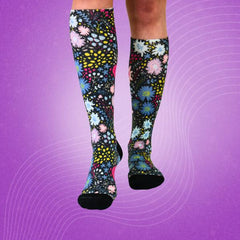
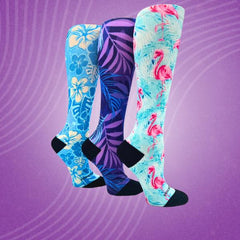
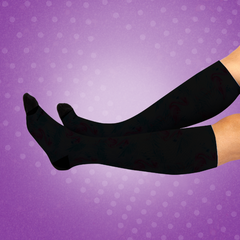

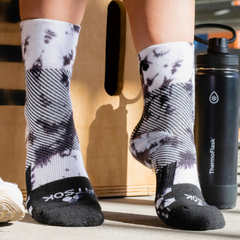
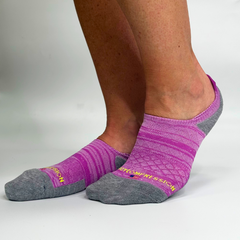




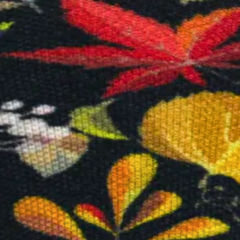

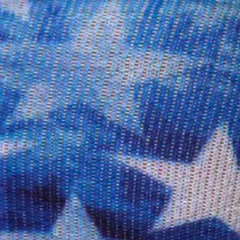


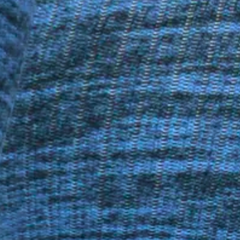
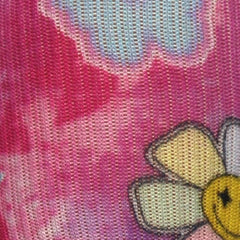

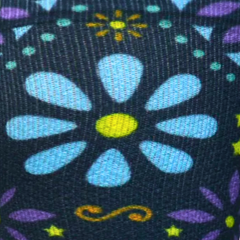
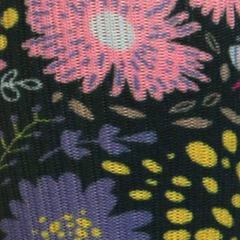
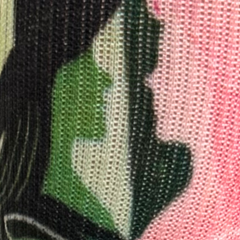

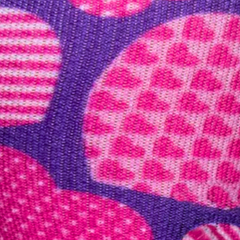
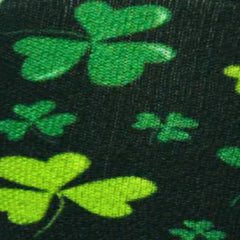
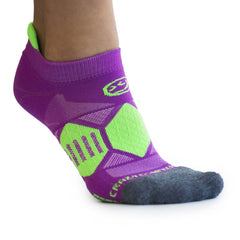

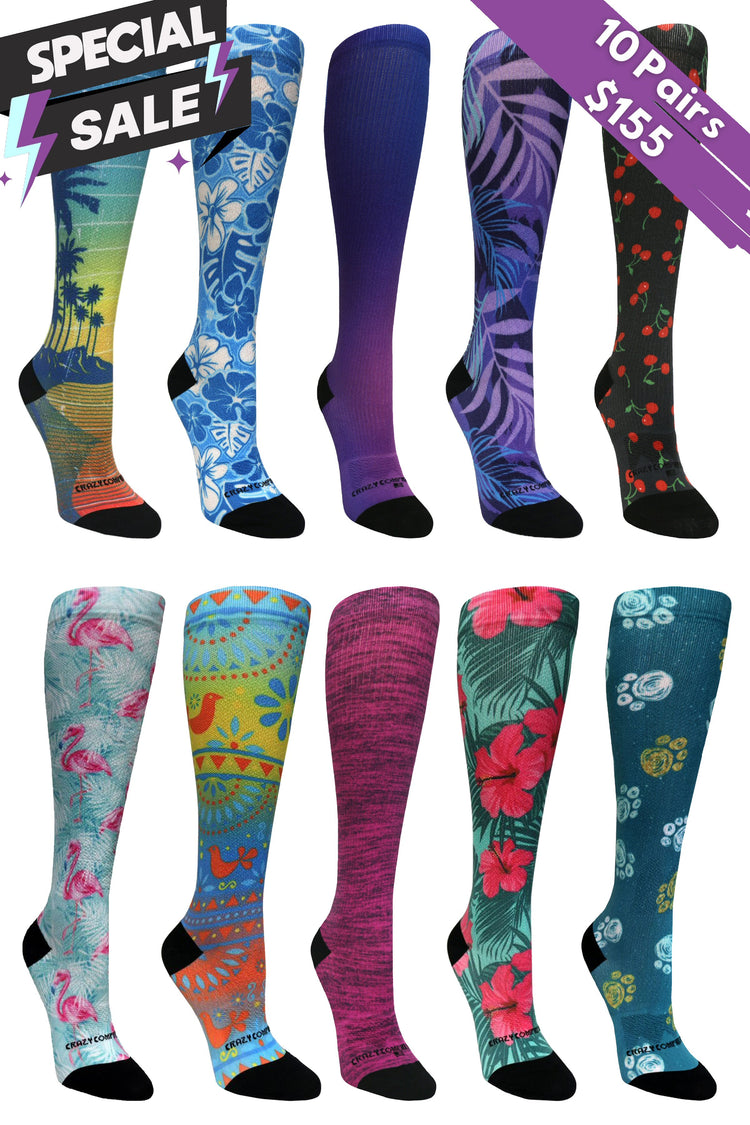



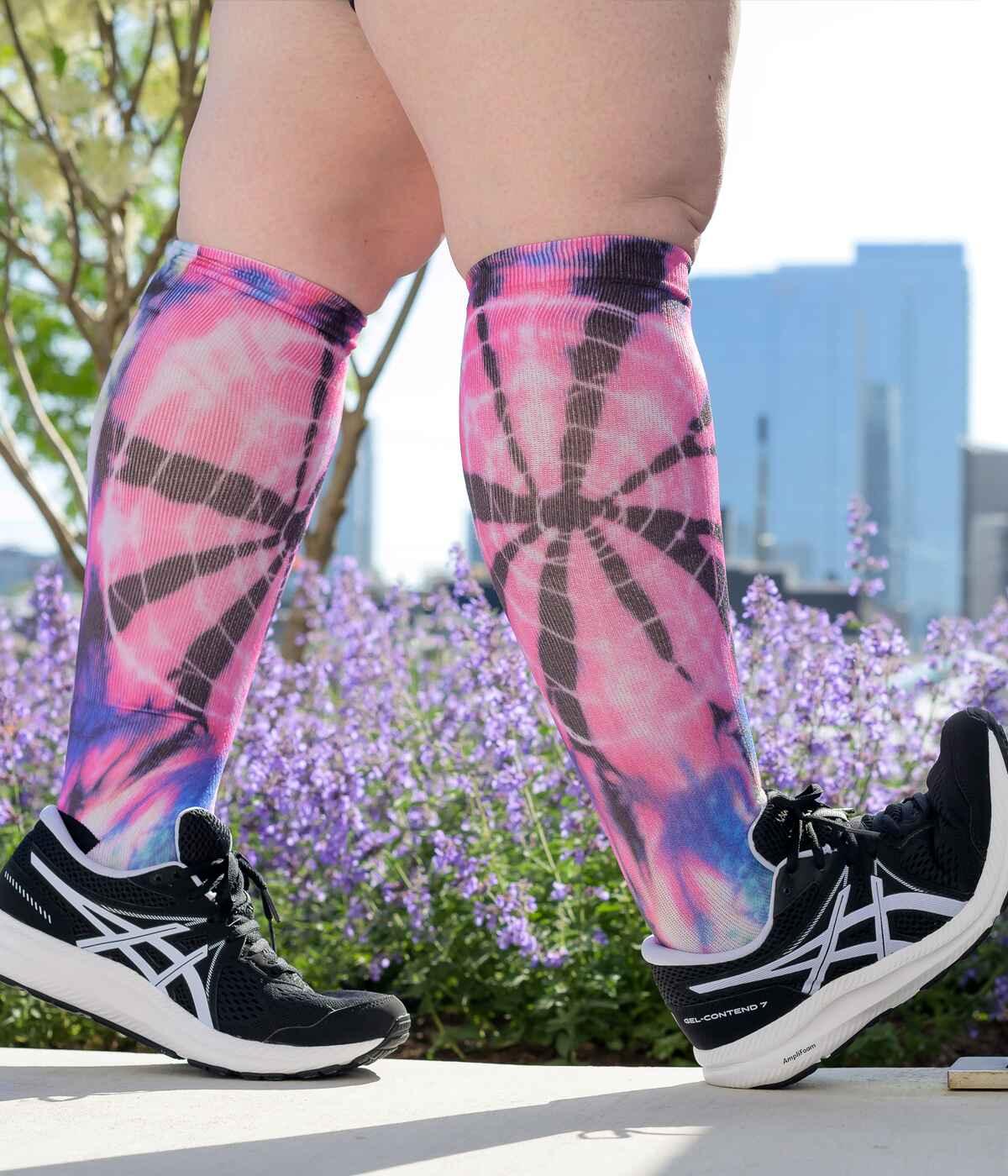
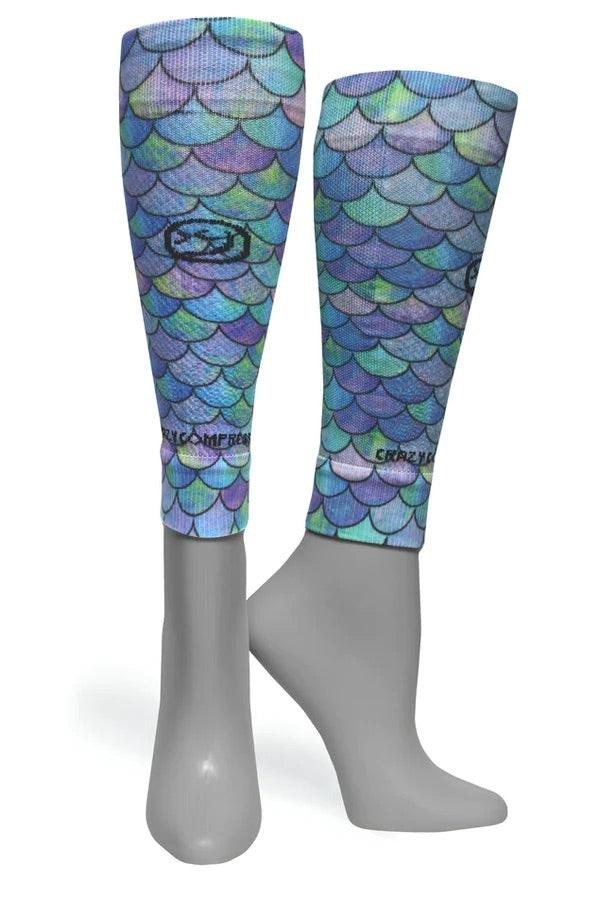
Leave a comment
This site is protected by hCaptcha and the hCaptcha Privacy Policy and Terms of Service apply.